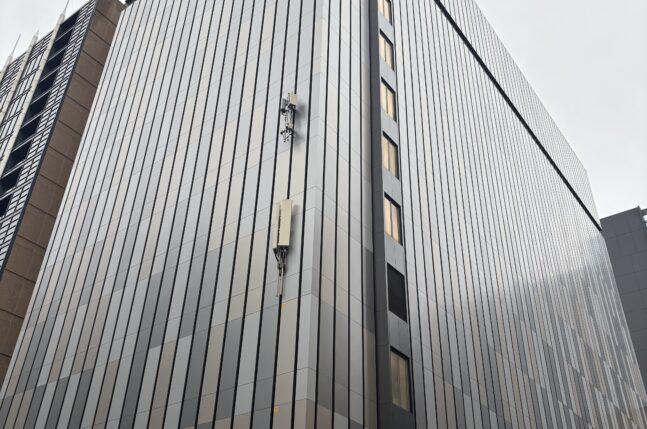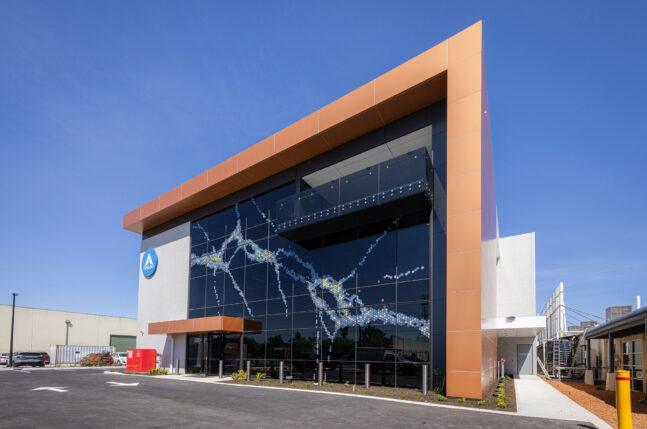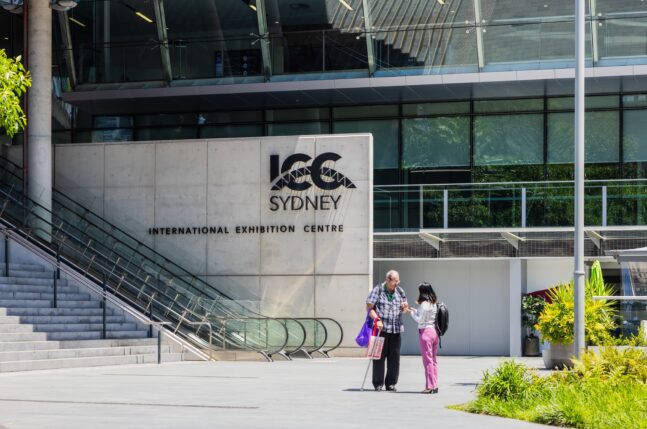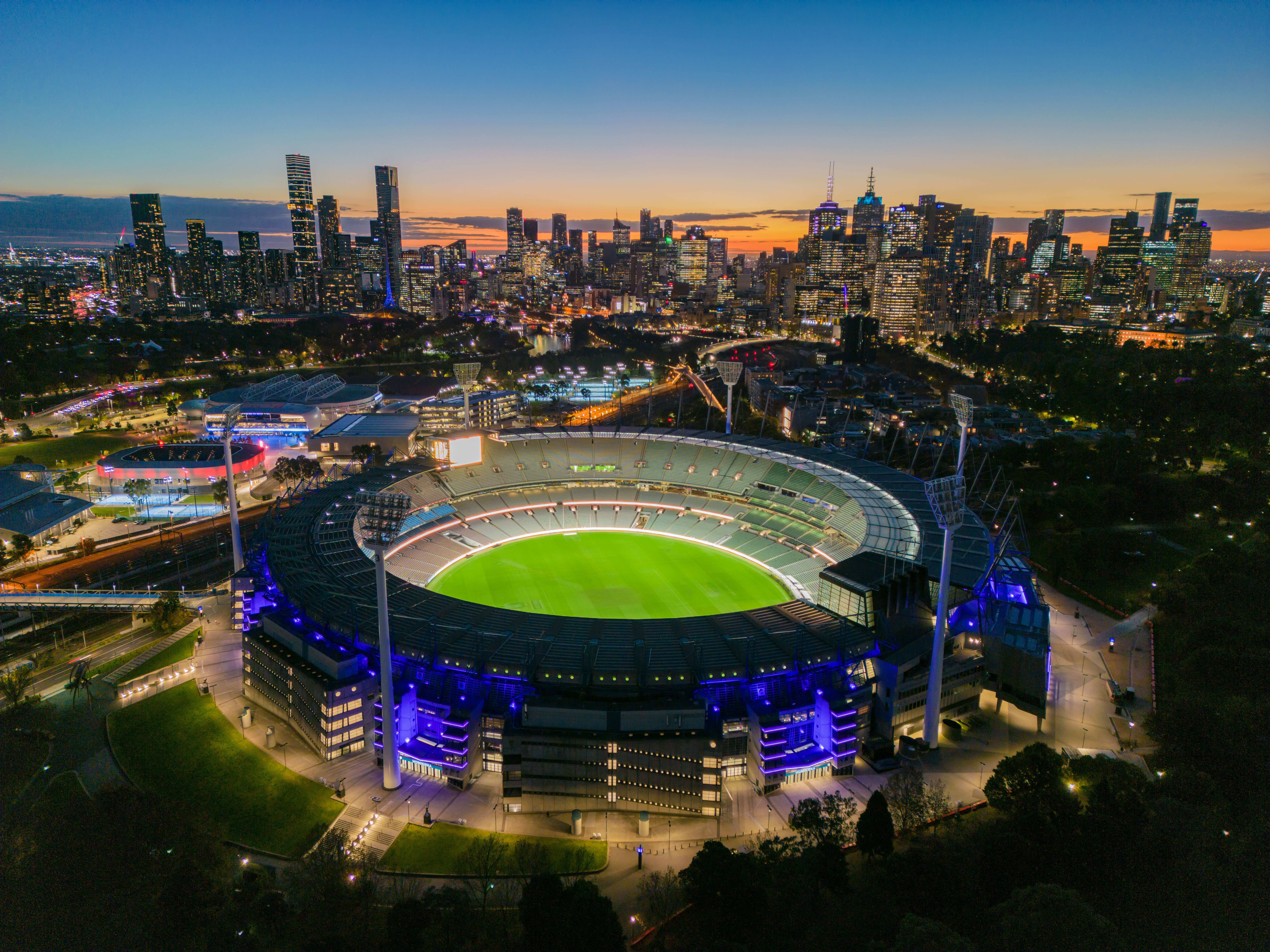Project
Refrigerant Phase-Out and System Upgrade
Key Challenges
-
Transitioning from high-GWP refrigerants R507a to low-GWP alternatives (R448a and R452a) without operational disruption
-
Achieving measurable greenhouse gas reductions across 107 refrigeration units
-
Ensuring full compliance with international environmental standards
Outcomes
Clean Air Initiatives
Energy Saving Innovation
Technological advancements through Analytics (AI) strategies
The Client
Melbourne Cricket Club (MCC) is a cornerstone of Australian sport, managing the iconic Melbourne Cricket Ground (MCG) and hosting major sporting and entertainment events. As an institution, MCC is committed to sustainability and ongoing infrastructure innovation to ensure operational excellence and regulatory alignment. This project formed a key part of their broader environmental responsibility strategy, targeting refrigerant management as a lever for emissions reduction.
The MCC’s decision to engage AE Smith for a refrigerant phase-out project highlights the organisation’s proactive approach to compliance and climate leadership. As environmental regulations become increasingly stringent, MCC’s focus on reducing its refrigerant-related greenhouse gas emissions reinforced its reputation as a forward-thinking and responsible facility manager.
What we achieved with our customer
AE Smith was commissioned by the Melbourne Cricket Club to lead a significant sustainability initiative targeting refrigerant emissions across the MCG. The project involved the full phase-out of R507a—a high Global Warming Potential (GWP) refrigerant—in favour of lower-GWP alternatives: R448a for medium-temperature units and R452a for low-temperature applications.
This comprehensive transition encompassed 84 medium-temperature and 23 low-temperature refrigeration units, with a combined refrigerant volume of over 1,270 kilograms. AE Smith’s technical team calculated the emissions impact of the refrigerant switch, revealing a potential reduction of 3,081 tonnes of CO2e.
Beyond environmental impact, the new refrigerants introduced opportunities for energy efficiency improvements. R448a and R452a are both known for their superior thermodynamic properties, which contribute to reduced energy consumption and increased system reliability—two outcomes aligned with MCC’s long-term operational objectives.
AE Smith executed the transition with zero operational downtime, carefully coordinating with MCC stakeholders and leveraging our deep technical expertise to manage the complexity of the retrofit. The successful outcome delivered both regulatory compliance and sustainability gains, reinforcing AE Smith’s role as a strategic partner in built environment transformation.
Emissions Reduction Calculation
Medium Temperature Units (R448a)
Previous GWP Emissions:
Total Refrigerant × GWP of R507a = 965 kg × 3985 = 3,844,025 kg CO2e
New GWP Emissions:
Total Refrigerant × GWP of R448a = 965 kg × 1387 = 1,338,755 kg CO2e
Reduction in Emissions:
3,844,025 − 1,338,755 = 2,505,270 kg CO2
Low Temperature Units (R452a)
Previous GWP Emissions:
Total Refrigerant × GWP of R507a = 312 kg × 3985 = 1,243,320 kg CO2e
New GWP Emissions:
Total Refrigerant × GWP of R452a = 312 kg × 2140 = 667,680 kg CO2e
Reduction in Emissions:
1,243,320 − 667,680 = 575,640 kg CO2e
Total Emissions Reduction:
2,505,270 + 575,640 = 3,080,910 kg CO2e





